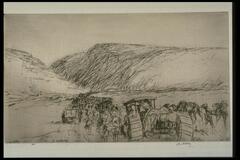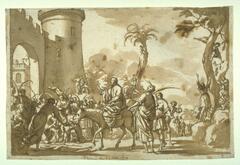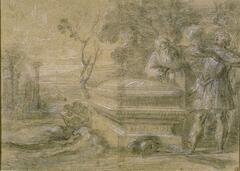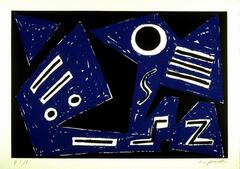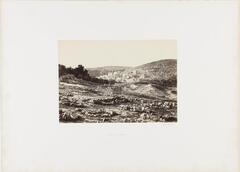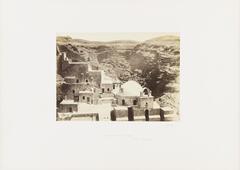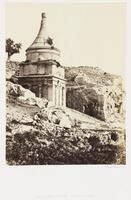PerloveHISTART 393 / JUDAIC 317 / RCORE 334: Holy Land in Jewish, Christian, Islamic Culture
Winter 2015
Throughout history fascinating images of Jerusalem were created in art and architecture by Jews, Christians and Muslims. This course investigates these images from the early modern period through the 21st century, an extended period which witnessed intense interest in the city from a religious, political, and romantic perspective. We will study paintings, prints, maps, architecture and photography, as well as contemporary installation art. While Jerusalem occupied the very center of the world in t-shaped maps of the middle ages, the city long remained the focus of attention for Christians, Jews, and Muslims who sought to literally or symbolically regain the sacred city with its famous religious sites. Renaissance Popes imagined Rome as the “New Jerusalem.” Christian rulers vainly attempted to launch crusades, now and then, from the fifteenth through the seventeenth centuries.
Religious scholars, both Jewish and Christian, and European architects, continuously sought to reconstruct an “authentic” image of the ancient city and Temple in order to better understand the biblical events of the past. Many subsequent works of architecture such as churches and synagogues, including the Sistine Chapel, were inspired by the desire to re-create Solomon’s Temple. Early modern artists often depicted the Holy Land and the Temple of Jerusalem in the backgrounds of paintings and prints portraying biblical subjects. Moreover, Christians, Jews, and Muslims embarked upon pilgrimages to Jerusalem to renew their faith. In fulfillment of envisioned events of the End of Days, Christians, Jews, and Muslims focused upon Jerusalem as the site for these mystical events. European travelers were attracted by the exotic landscape and people of this region in the eighteenth and nineteenth centuries, and Jewish settlers of the early 20th century viewed Palestine as an ancient homeland of refuge from persecution. All of these diverse motivations contributed to the creation of splendid works of art and architecture
Created For
K-12 EducatorK-12 Student
Museum Visitor
UMMA Docent
UMMA Staff
University Faculty
University Student
Rate this Resource
AVG: 0 | Ratings: 0
& Author Notes
All Rights ReservedLast Updated
March 28, 2018 4:16 p.m.Report
Reporting Policy
